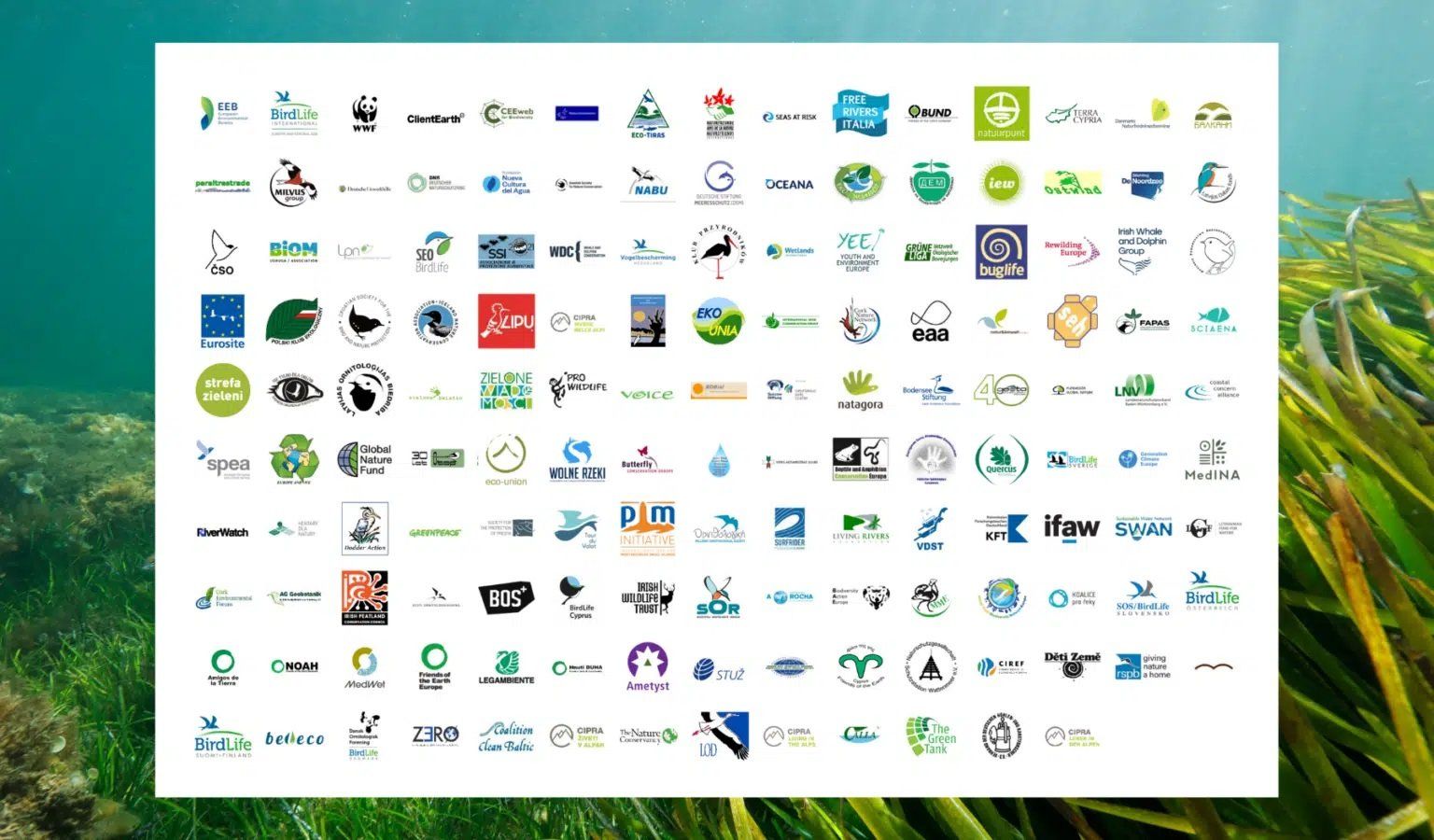150 NGOs call for ambitious 2030 targets in upcoming EU nature restoration law

On 14 December, over 150 environmental NGOs, including Coalition Clean Baltic (CCB), sent a letter to the European Commission’s Executive Vice-President Frans Timmermans and the Environment Commissioner Viginijus Sinkevičius raising concerns about the overall ambition of the EU nature restoration law, which is in the final stages of preparation by the European Commission [1].
NGOs are strongly convinced that clear measurable targets for land area, river length and sea area are the key elements to make this legislation as ambitious, adequate and effective as possible. Just as with the Climate Law, a robust and understandable EU headline target, overarching the individual ecosystems (and species) specific targets, is indispensable for mobilising Member States’ action at the required scale. Additionally, it can facilitate the monitoring of individual Member States’ contributions, thus ensuring the timely achievement of the EU-wide targets.
That’s why we are advocating for a target to restore at least 15% of the EU’s land area, river length and sea area by 2030, to which all underlying ecosystem specific targets should contribute. That would mean restoration of 650,000 km2 on land, 1,000,000 km2 of marine EU area and 178,000 km of rivers.
Note:
[1] Initially expected at the end of 2021, the Commission’s proposal for the EU nature restoration law has been postponed to 23 March 2022.

